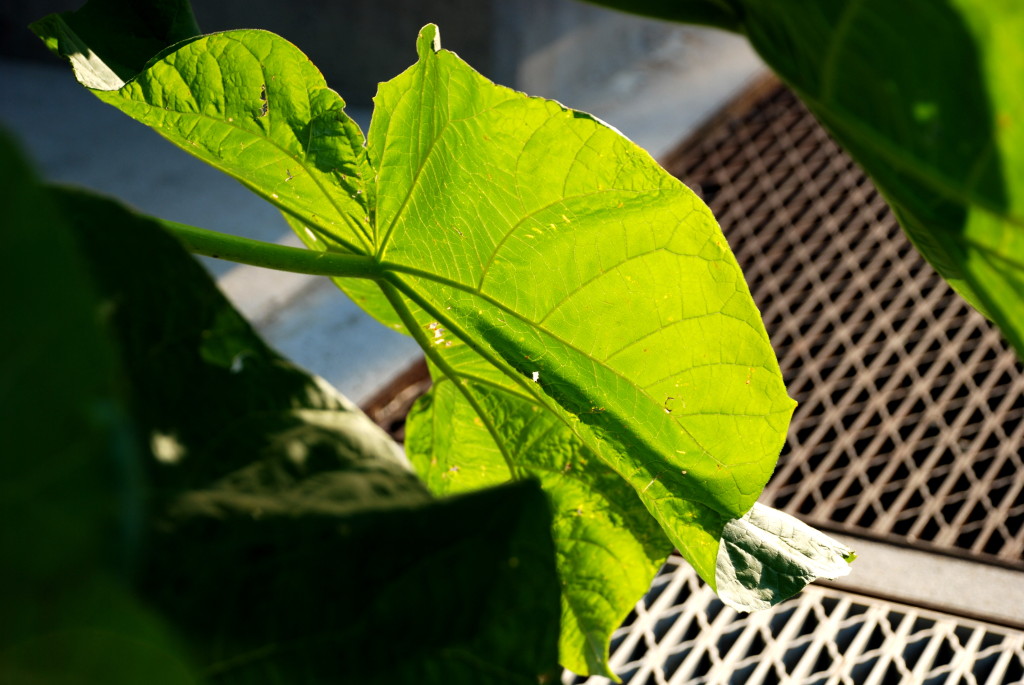
Photosynthesis is nature’s great energy conversion system. Plants and other organisms convert light energy from the sun into chemical energy in the form of carbohydrate molecules, which are synthesized from carbon dioxide and water.
It has long been a goal to try to in some way copy this process for our own purposes. Our use of fossil fuels – the end product of ancient photosynthesis – has led to the highest levels of carbon dioxide in the atmosphere in three million years. But weaning ourselves off of fossil fuels is a slow process.
If we could capture the carbon dioxide produced by the use of fossil fuels and use it to create new chemical fuels via a process of artificial photosynthesis, it would be a true win-win for the environment.
Scientists at the Lawrence Berkeley National Laboratory and UC Berkeley believe that they have made a revolutionary leap toward accomplishing that goal. They have created a hybrid system of semiconducting nanowires and bacteria that mimics the process that plants use to synthesize carbohydrates from carbon dioxide and water.
The measures of success for such a process are the light capture efficiency and the amount of catalytic activity. Both metrics are very encouraging for the Berkeley technology. The new technology creates acetate, a common building block for biosynthesis. From there, the acetate can be efficiently converted into butanol – a fuel comparable to gasoline, amorphadiene – a drug precursor, or PHB, a biodegradable plastic.
There is a long way to go before this process becomes commercially viable, but it is an encouraging discovery that could lead to something extraordinary.
**********
.
Web Links
Major advance in artificial photosynthesis poses win/win for the environment
Photo, posted July 21, 2007, courtesy of Aldo C. Zavala via Flickr.
.
Earth Wise is a production of WAMC Northeast Public Radio.
